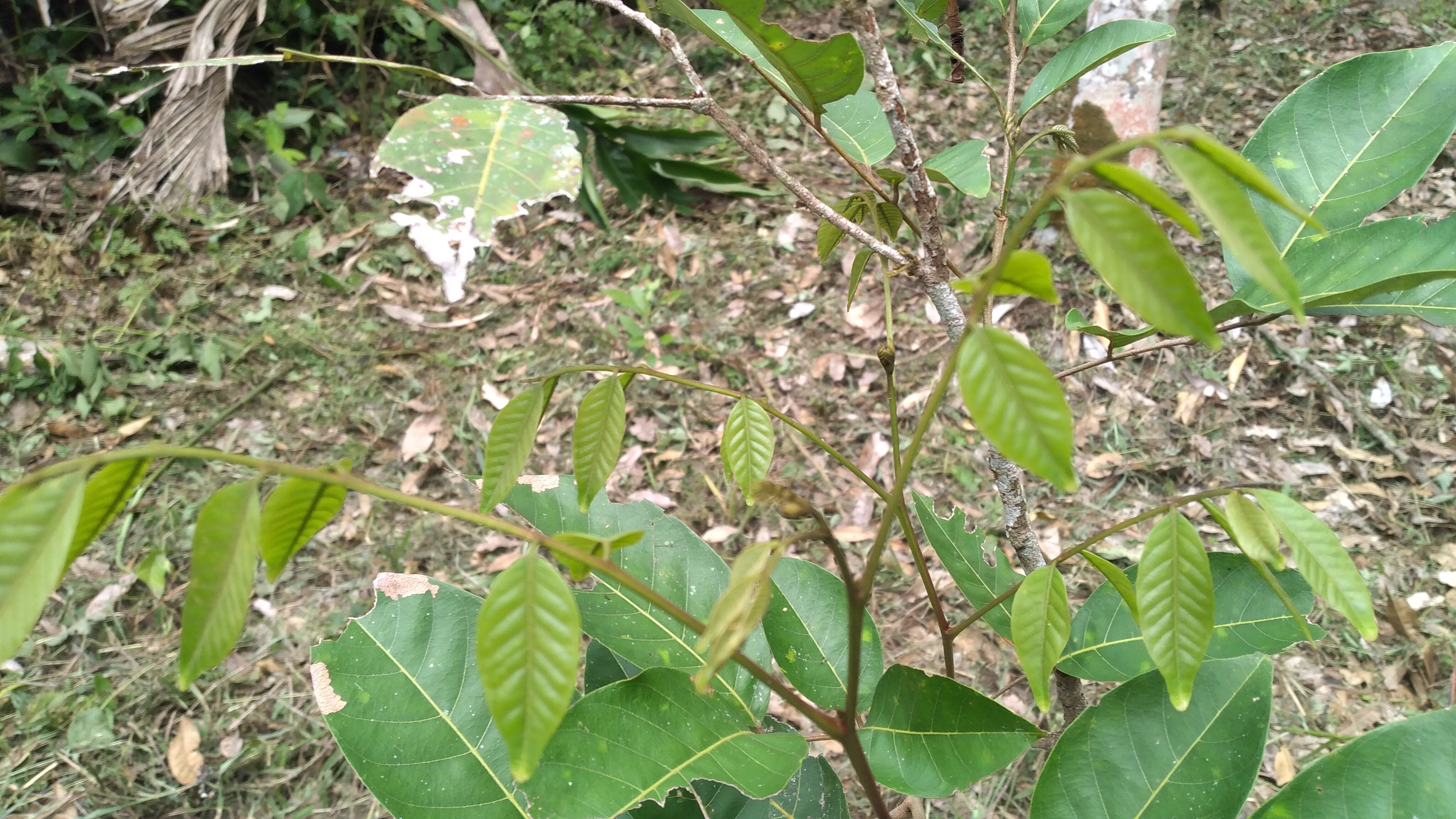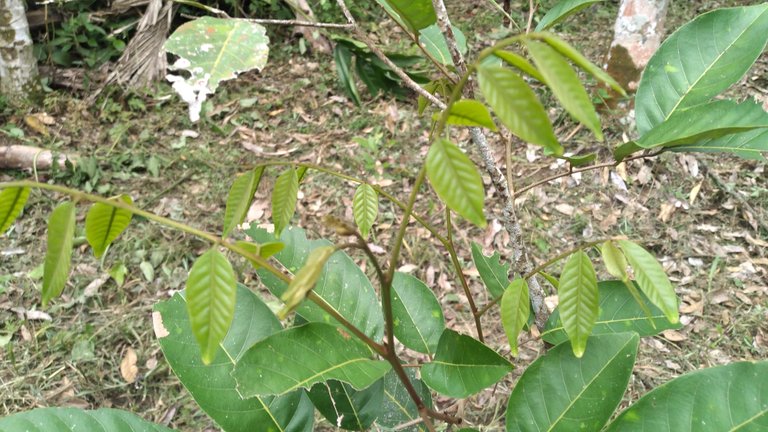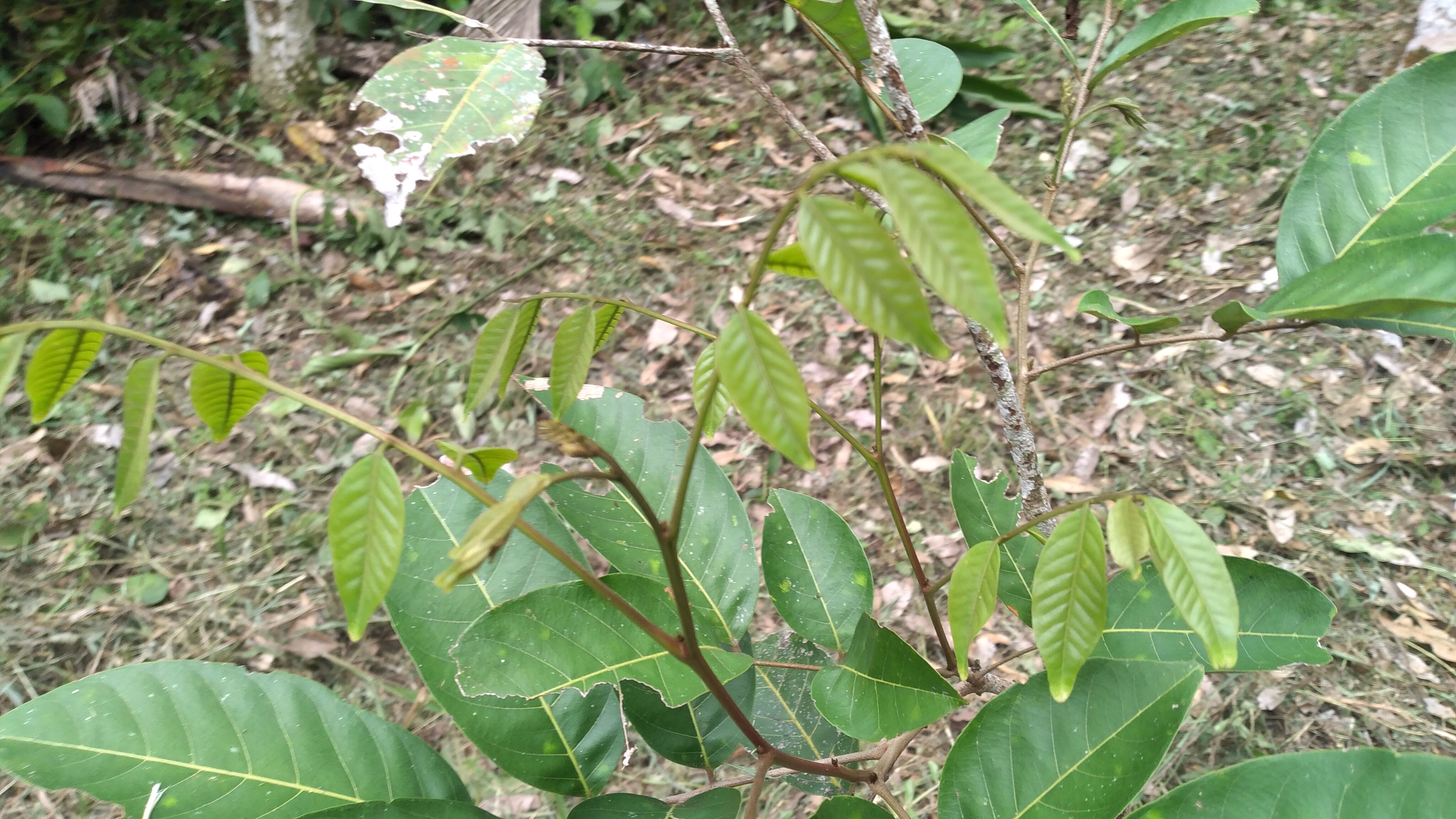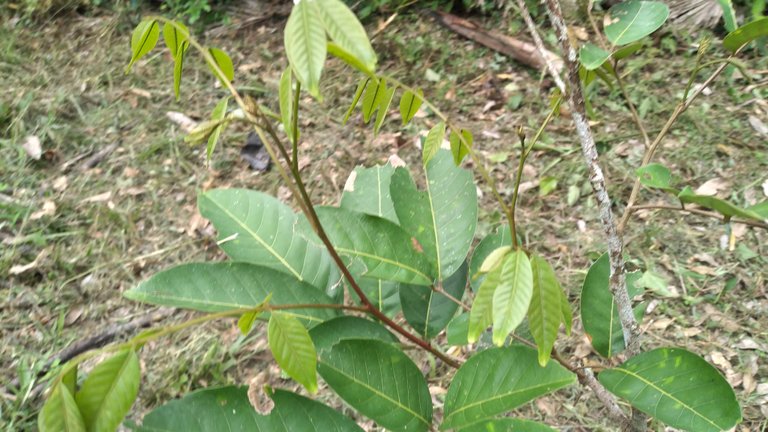
Rambutan (Nephelium sp.) is a tropical fruit plant that grows as a tree. This fruit is characterized by hair covering its skin, so it is also called "Hairy Fruit" in English. The rambutan plant originates from Indonesia and has been cultivated in various tropical and sub-tropical regions. This plant is one of the fruit commodities that is harvested every season, so it has high demand on the market when the harvest season arrives. Cultivating rambutan plants is an activity that requires an in-depth understanding of proper seeding, care and harvesting techniques. Farmers can increase the productivity and quality of the rambutan fruit produced by understanding the entire process of cultivating the rambutan plant.
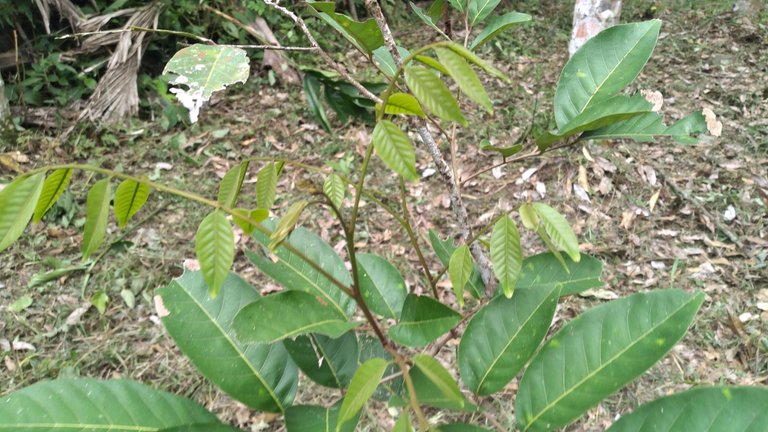
Generative Rambutan Seeds. Seeding is done by planting seeds. To do this, the seeds that have been removed from the fruit are washed thoroughly and soaked for 30 minutes in a solution of 50 milliliters of liquid organic fertilizer mixed with 1 liter of warm water. Then, the seeds are planted horizontally with the flat side down to ensure straight seedling growth and a strong root system. Usually, seeds will germinate within 9 to 25 days.
Vegetative Rambutan Seeds. Seeding is carried out using the graft method. Choose branches that are at least 5 months old or at least 80 centimeters long. The 20 centimeter long bark is then peeled and the cambium covering the inside of the branch is cleaned. After cleaning, let the stem dry and cover it with soil mixed with manure. Use perforated plastic or coconut fiber tied at both ends as a wrap. After about 2 months, roots will grow from the graft and the seedlings can be transferred to the planting medium.
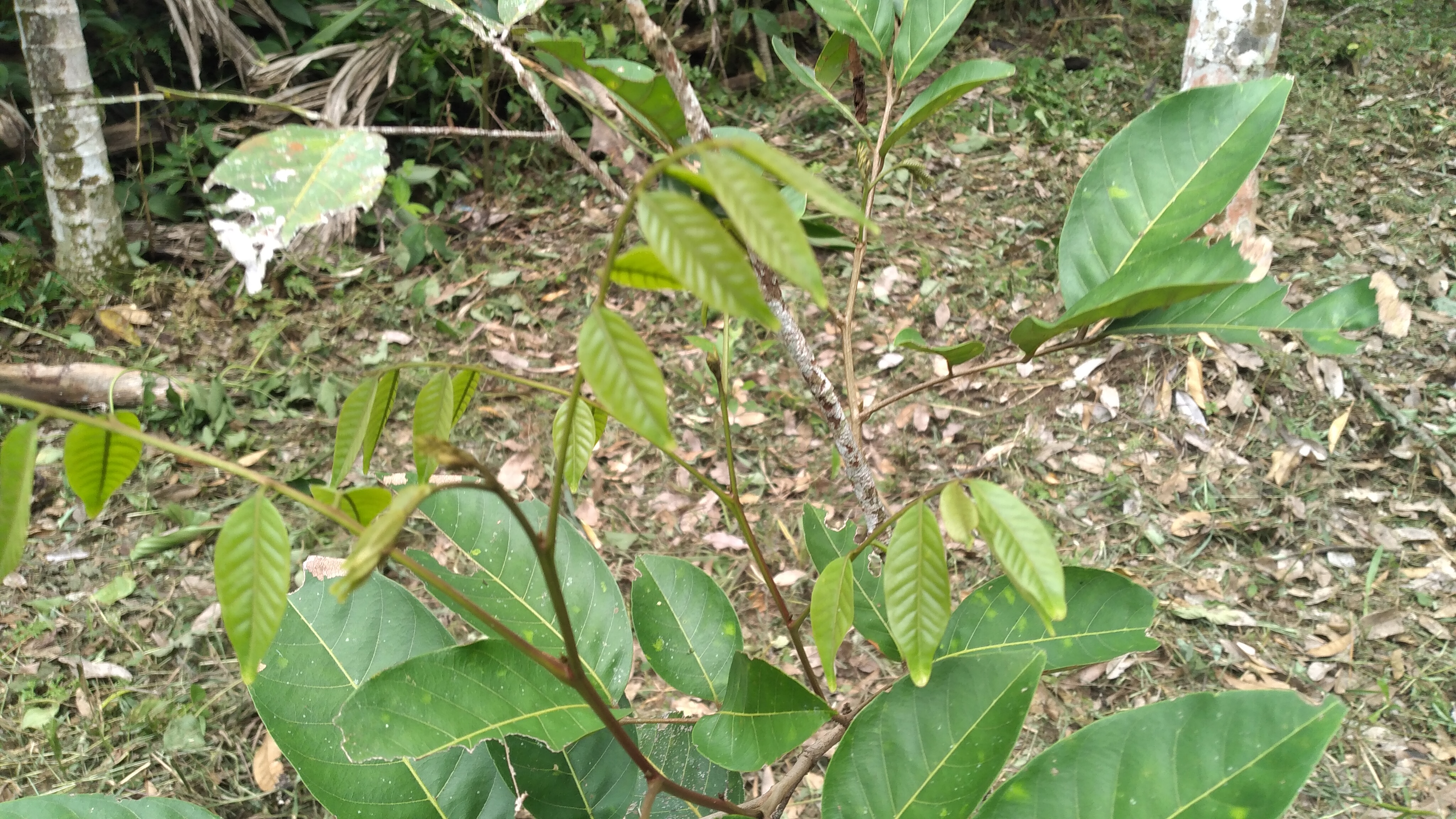
The land to be planted must be cleared of weeds or other pests, then plowed to make the soil loose. The drainage system also needs to be prepared so that the water drainage process runs smoothly. If the soil looks less loose or lacks humus, it is recommended to apply green manure or compost. After the preparation of the planting media is complete, the beds can be made 8 meters wide, 30 centimeters high, and the length adjusted to the size of the land, with a distance of about 1 meter between the beds to maintain soil fertility. Next, it is important to measure the pH of the soil because if it is too acidic or inappropriate, the soil is not suitable for growing rambutan. If the pH is not appropriate, liming is necessary. The final step in soil management before planting is to apply fertilizer after 1 week of applying agricultural lime. Around 25 kilograms of manure can be given after waiting for 1 week, so that the soil is ready to plant the rambutan seeds that have been sown.

Planting rambutan plants should be done in the rainy season, where the plant's water needs can be met properly. Choose tree seeds that are old enough and have at least 2 to 3 leaves. Next, plant the seeds into the prepared mound of soil, then protect it from sunlight and rain with a protective roof. Water with sufficient water at least 1 to 2 times a day, and provide liquid organic fertilizer regularly to support optimal growth.
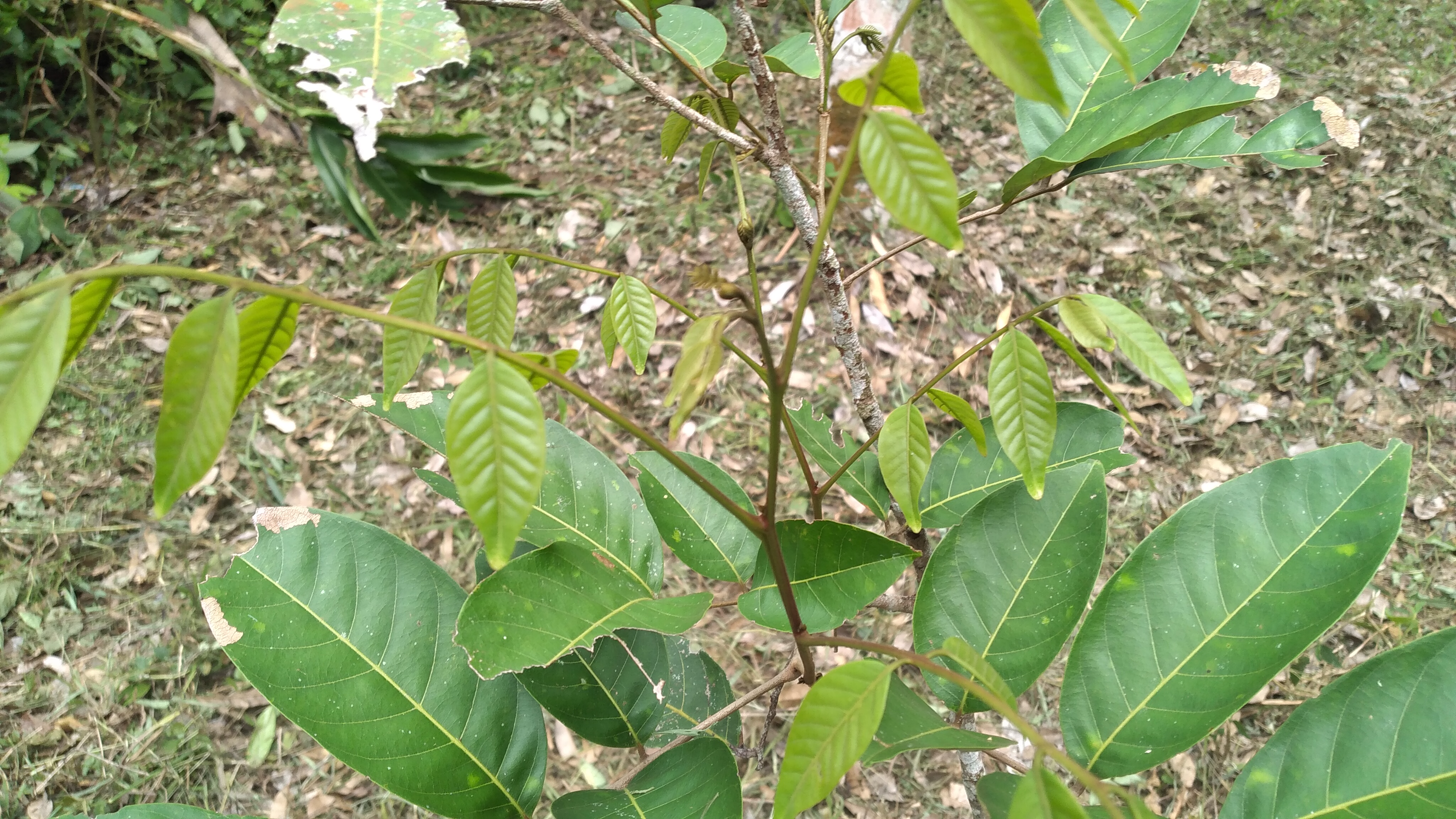
In fertilization, apart from providing basic fertilizer at the beginning of planting, rambutan trees are also given further fertilizer to maximize their growth. Usually fertilization is done using a mixture of manure and TSP fertilizer in a ratio of 1:2 after the tree is 2 years old. Fertilizer is applied by spreading it as far as the size of the leaf area as its diameter. Meanwhile, maintenance includes watering twice a day for two-week-old plants, then reducing it to once a day after two weeks, and only watering as needed when the plants grow bigger. Thinning and replanting are also important to avoid competition for nutrients and replacement of unhealthy seedlings at the start of growth. The process of pruning dry or dry branches also needs to be done to form the plant neatly.
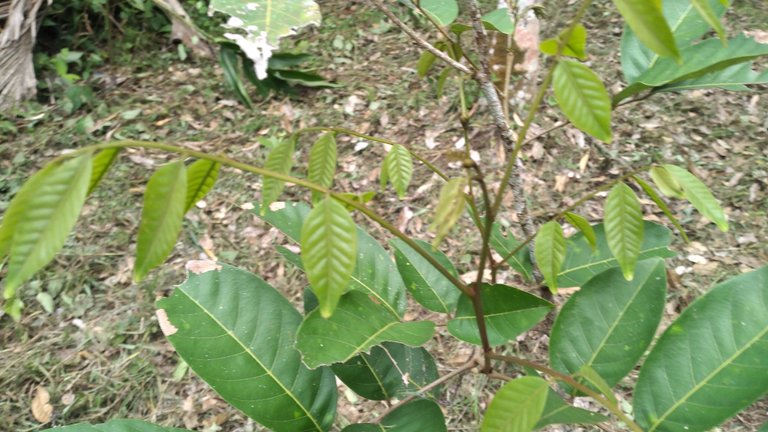
Generally, the harvest process for rambutan plants is determined by the initial planting method. If you plant from seeds, of course it will take longer than using the grafting technique. Grafting techniques for rambutan usually begin to be harvested in the second or third year. Meanwhile, harvesting is usually done during the rainy season, namely between November and February.
